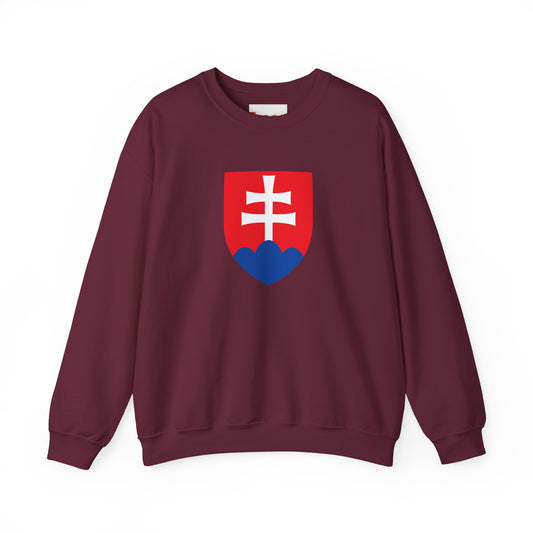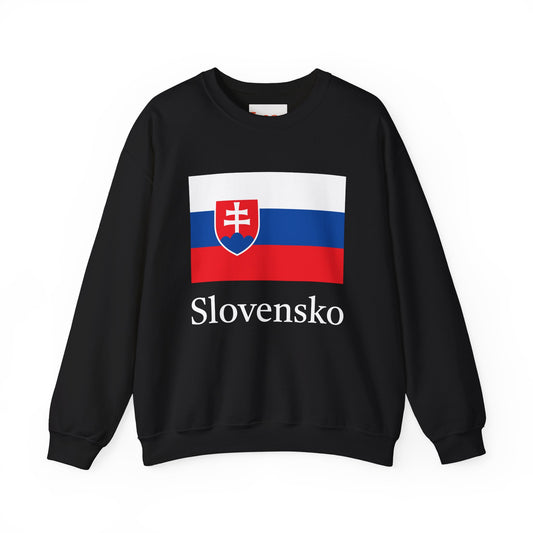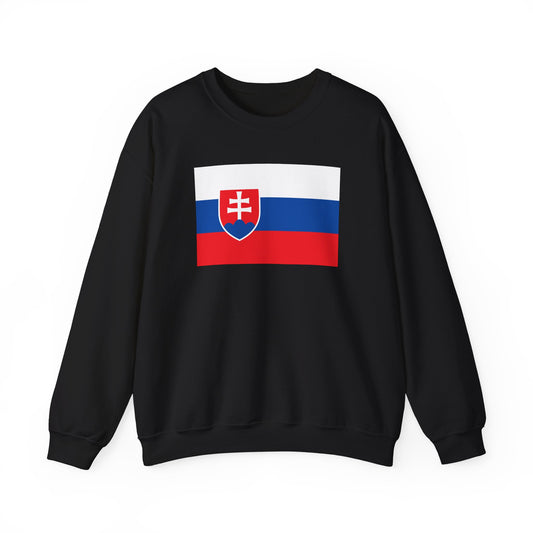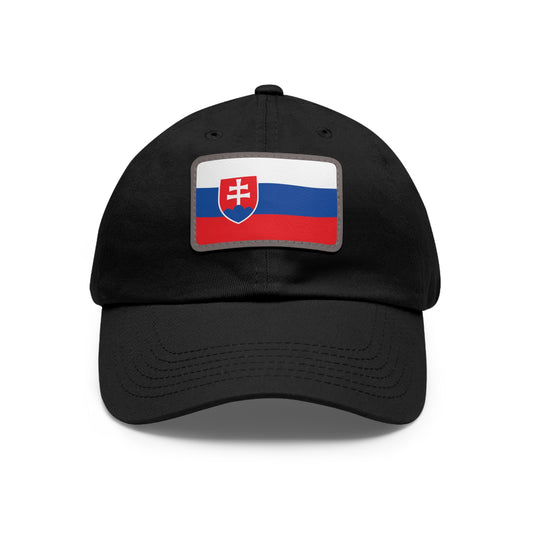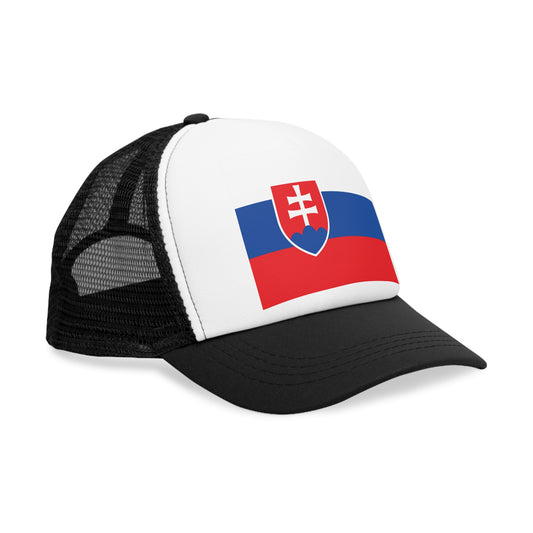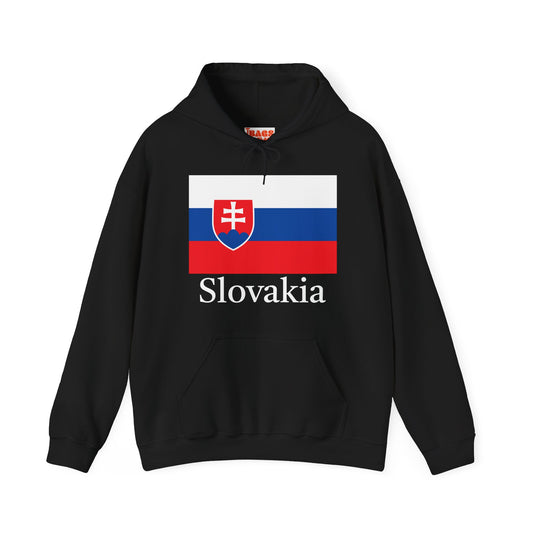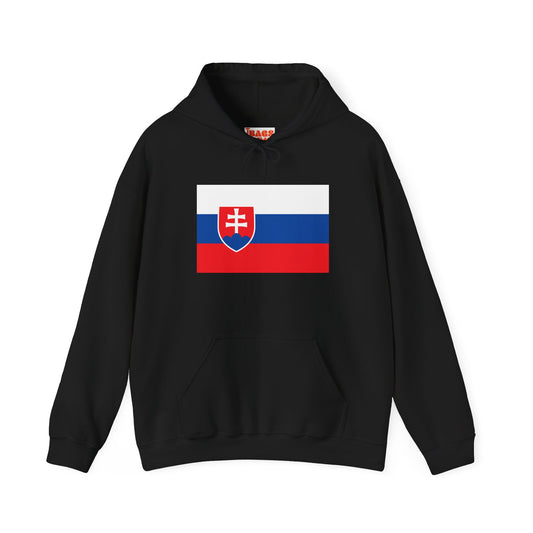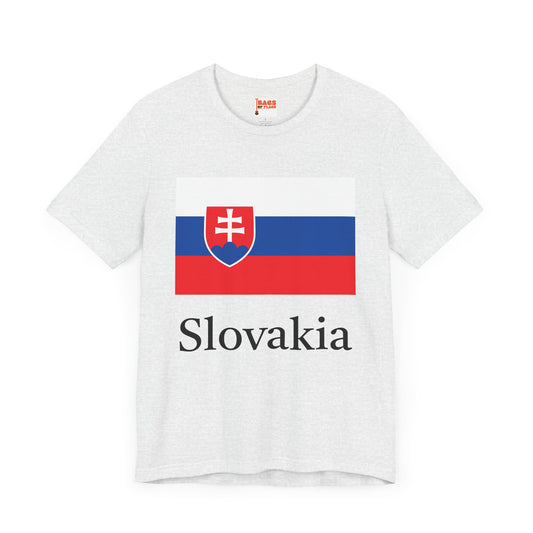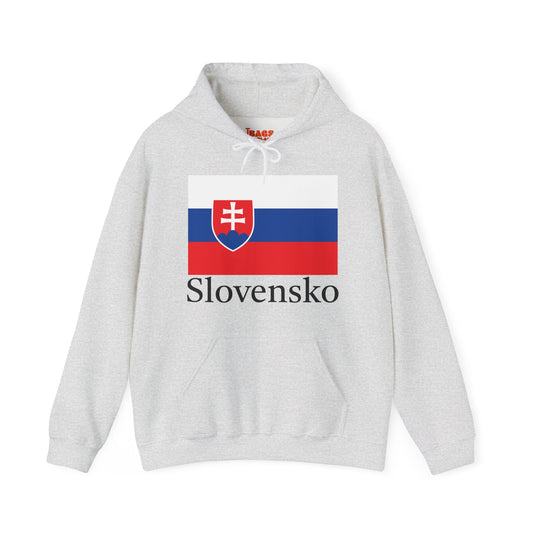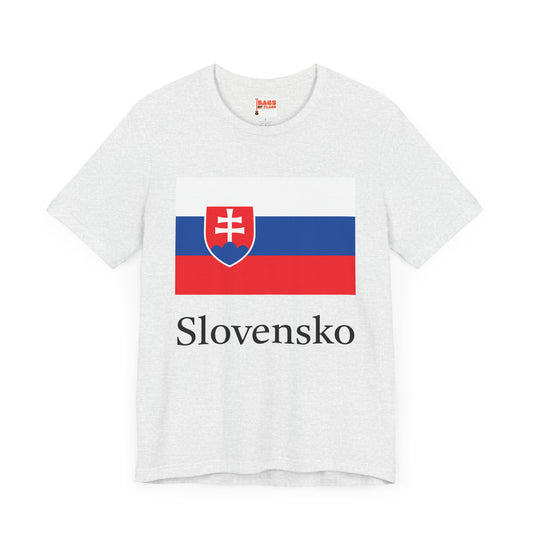-
Slovakia Inspired Sweatshirt
Regular price $34.15 USDRegular priceUnit price / per -
Slovakia Sweatshirt
Regular price $34.15 USDRegular priceUnit price / per -
Slovensko Sweatshirt
Regular price $34.15 USDRegular priceUnit price / per -
Slovakia Flag Sweatshirt
Regular price $34.15 USDRegular priceUnit price / per -
Slovakia Pillow
Regular price $22.65 USDRegular priceUnit price / per -
Slovakia Backpack
Regular price $59.79 USDRegular priceUnit price / per -
Slovakia Leather Patch Hat
Regular price $18.85 USDRegular priceUnit price / per -
Slovakia Mug
Regular price $11.65 USDRegular priceUnit price / per -
Slovakia Trucker Cap
Regular price $14.90 USDRegular priceUnit price / per -
Slovakia Coat-of-Arms Hoodie
Regular price $34.40 USDRegular priceUnit price / per -
Slovakia Hoodies
Regular price $34.40 USDRegular priceUnit price / per -
Slovakia Flag Hoodies
Regular price $34.40 USDRegular priceUnit price / per -
Slovakia T-shirts
Regular price $22.79 USDRegular priceUnit price / per -
Slovakia Inspired T-shirt
Regular price $22.79 USDRegular priceUnit price / per -
Slovakia Flag on T-shirt
Regular price $22.79 USDRegular priceUnit price / per -
Slovensko Hoodies
Regular price $34.40 USDRegular priceUnit price / per -
Slovensko T-shirts
Regular price $22.79 USDRegular priceUnit price / per
Collection: Slovakia
The Slovakia flag is a prominent symbol of the country's history and identity. Adopted in its current form in 1992, the flag has a rich historical context and deep symbolism. We will explore the design, colors, historical significance, symbolism, current relevance, and interesting facts about the Slovakia flag.
Overview of the Slovakia Flag Design and Colors

The flag of Slovakia showcases a striking tricolor arrangement of white, blue, and red horizontal stripes. This composition is elegantly augmented by the national coat of arms, strategically placed on the flag's hoist side, infusing the banner with a sense of historical depth and cultural significance. The coat of arms is a distinctive emblem, centered within a shield and featuring a dominant double cross elevated on a middle peak of three stylized mountains.
The white stripe at the top represents the purity and nobility of the Slovak people, while the blue stripe embodies fidelity, diligence, and the truth of the nation's spirit. Completing the triad, the red stripe at the bottom symbolizes Slovakia's bravery, strength, and courage, echoing its populace's resilience and passion. Together, these elements and colors weave a narrative of national pride, cultural heritage, and enduring identity, capturing the essence of Slovakia's past, present, and aspirations for the future.
Historical Context: The Evolution of the Slovakia Flag
The Slovakia flag, as recognized today, was adopted shortly before the country's peaceful separation from Czechoslovakia on September 1, 1992. Its roots are deeply entrenched in the shared history with the Czech Republic, drawing from the previous Czechoslovakian flag to maintain a sense of continuity and shared heritage. Including the national coat of arms on the flag was a significant alteration, distinguishing it from the Czech Republic's flag and symbolizing Slovakia's sovereign status post-dissolution.
Before this definitive version, the region had witnessed a variety of flags representing its tumultuous and complex historical journey through different regimes and political changes. The flag's evolution reflects Slovakia’s struggle for autonomy and identity amidst the changing landscapes of Europe. Over the years, the symbolism and design of the flag have remained relatively constant, with the most significant change being the addition of the coat of arms to differentiate it from the similarly colored Slavic flags and to underscore Slovakia's unique cultural and historical narrative.
Symbolism: Unpacking the Meanings Behind the Slovakia Flag

The colors and emblem of the Slovakia flag are rich in symbolism, each element meticulously chosen to reflect the nation's core values and historical legacy. The white color symbolizes peace and sincerity, embodying the Slovak people's noble aspirations and pure intentions. The blue stripe stands for loyalty and truth, signaling the country's commitment to honesty and fidelity in its national character and relations. Red, the most vibrant of the three colors, encapsulates courage and the blood shed by generations in their struggle for independence and sovereignty, highlighting the resilience and courage inherent in the Slovak spirit.
The national coat of arms is central to the flag's design, which features a prominent double cross. This symbol, resting on a red background atop a stylized depiction of three mountains, delves deeper into Slovakia's cultural and spiritual heritage. The double cross, a powerful Christian symbol, speaks to the enduring influence of faith throughout Slovak history and the country's dedication to its Christian roots. Meanwhile, the three mountains represent the Tatra, Matra (today in Hungary), and Fatra ranges, which symbolize the Slovak landscape's natural beauty and the steadfastness of its people. These symbols intertwine to tell a story of faith, unity, and indomitable spirit, central to the Slovak identity.
Current Relevance: The Slovakia Flag in Today's World
In contemporary Slovakia, the flag adorns public buildings and squares and plays a pivotal role in national consciousness and pride. It is ubiquitous during important events, from state celebrations and sports competitions to military commemorations, symbolizing unity and the nation's collective memory. The flag's visibility in such contexts underscores its importance as a vessel of national identity, resonating deeply with citizens. While its historical roots and its symbolism have been subjects of interest and pride, discussions occasionally emerge, particularly regarding the interpretation of its symbols in a modern context.
These dialogues often reflect broader conversations about national history and identity, demonstrating the flag’s role as a living symbol that engages actively with the Slovak populace. Additionally, its use in educational settings fosters a sense of patriotism among the younger generation, ensuring the flag's relevance extends into the future. Despite these rich layers of meaning and its central place in Slovak society, the flag remains a straightforward emblem of statehood and belonging in the global arena, representing Slovakia in international forums and diplomatic relations.
Additional Facts: Protocols and Anecdotes Related to the Slovakia Flag
The protocols surrounding the Slovakia flag emphasize its significance and the respect it commands. The flag must never be displayed in a way that allows it to fall or lie on the ground, and it should always be hoisted with the utmost care to maintain its dignity. A fascinating anecdote highlighting the national pride associated with the flag occurred in 2016, when a gigantic version stretching 141 meters was proudly displayed in Bratislava, setting a record for its size. This event demonstrated the deep national pride among Slovaks and showcased the flag's ability to unite people in a shared expression of identity.
Commonly referred to as the "Tricolor Flag" due to its distinctive white, blue, and red stripes, it embodies the spirit and resilience of the Slovak nation. Moreover, the Slovakia flag is often seen alongside the European Union flag during significant national events, reflecting Slovakia's solidarity with and commitment to the values of the EU. This gesture of unity with the broader European community underscores the country's role on the international stage while maintaining its unique national identity.


